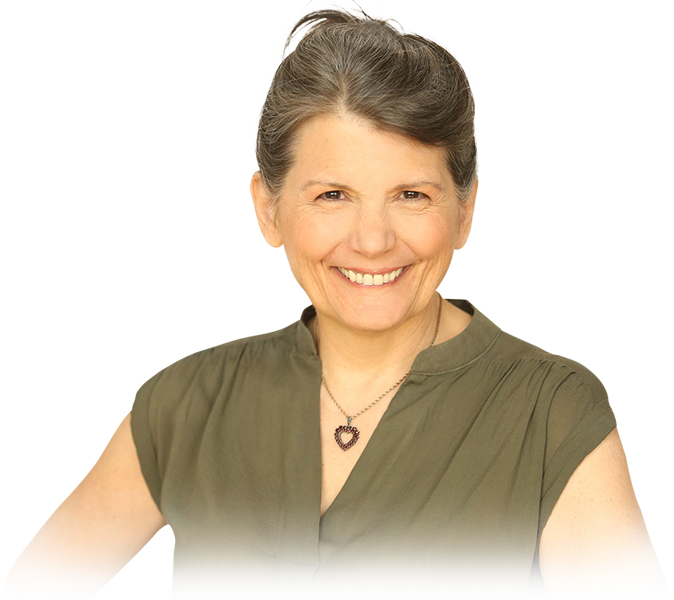
What do you do when your best friend’s husband has a series of brain ‘incidents’ that leave him with affected speech, gait, balance, coordination, and more? If you’re like me, you know you can help and you offer to work with him.
And if you’ve ever worked with people with similar problems, you most likely think that you can help him, just as I did at first… especially because he hopes for a complete recovery. If you ask him what he wants, he wants to recover. If you ask him what’s going to happen in the future, he tells you he’s going to recover.
The thing is, while he hopes and expects to recover, he doesn’t help himself… he just relies on hope… and all by itself, hope can’t make up for a serious lack of action. And his situation does not get better… it gets worse. In the beginning, he could still work, now he can’t be left alone.
Hope is essential to transformation
Hope is an essential state of mind for well-being and recovery, change and growth.
Hope is an essential precursor to transformation, so most somatic practitioners offer it to their clients. In fact, rekindling hope may well be one of the most important things you do for your clients, because if they don’t have it, it’s a long uphill slog to help them.
But think about it for a moment. How did your clients get to the place where they had no hope — and how is it that they have hope after beginning to work with you?
Chances are that before they met you, they were doing things that didn’t work. You showed them something that made a difference, and from that, hope grew. But you know that without your input — giving them the right information at the right time, seeing it land, and helping them to follow through with it — hope is simply not enough to get from here to there.
You showed them something that made a difference, and from that, hope grew. But you know that without your input—giving them the right information at the right time, seeing it land, and helping them to follow through with it—hope is simply not enough to get from here to there.
But you know that without your input—giving them the right information at the right time, seeing it land, and helping them to follow through with it—hope is simply not enough to get from here to there.
Hope won’t build your practice
You need hope that your practice can be what you want.
But hope alone isn’t going to get it for you.
Hope isn’t a strategy. It’s not an action plan. It doesn’t attract clients.
If you’ve been trying to get clients and you still don’t have enough, hoping that someday what you’re doing will suddenly begin to work — then your strategy is hope. And doing more of what you’ve been doing will get you more of what you’ve been getting.
Here are some of the things a lot of practitioners hope will eventually get them the clients they need [and what you can do instead that WILL get you those clients!]:
- Spend hours developing relationships that don’t give you long-term clients. [Instead, learn when and how to let people know you can help and how to take the next step.]
- Focus on getting referrals from the people who care the least about helping you—other practitioners who touch their clients and also believe their work will help everyone. [Instead, talk to people who want to attract the same people you do, but for different reasons.]
- Give information-dense presentations that may stimulate some interest, but rarely lead to new clients. [Instead, learn to give a Hero’s Journey talk that connects people with their dream, enables them to feel their power in achieving it and lets them see how essential you are to the process.]
- Offer a discount or sliding scale almost as soon as you state your fee. [Instead, learn to talk to people about what stops them from getting what they want — so that you can help them move forward and get it.]
- Give clients too much responsibility for deciding what they need, which usually makes their progress slower and your job harder. [Instead, learn how to be the expert they want you to be.]
- Write to the folks on your email list only to let them know what’s new in your schedule… because you don’t want to bother anyone. [Instead, learn how to nurture clients and potential clients so that seeing your name in their inbox makes them want to open your email first.]
- Give a first session that pulls out all the stops, brings in everything you know and makes it impossible for you to understand why it’s almost never enough to get a client. [Instead, learn how to have a Heart-to-Heart consultation that helps people really understand why they should commit to working with you.]
Need help with that?
If you’re not sure how to make the change to “what works better,” look at the Heart-to-Heart program.
Next time: How Curiosity Gets You Clients! To get it ‘hot off the press’ sign up below and you’ll get an email when it posts!
photo credit: 123rf.com
~~~~~
I blog to help you shift how you think about your practice and what you do to get the one you want — sign up for my emails, and you won’t miss any of them!! 😉

